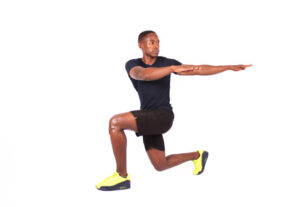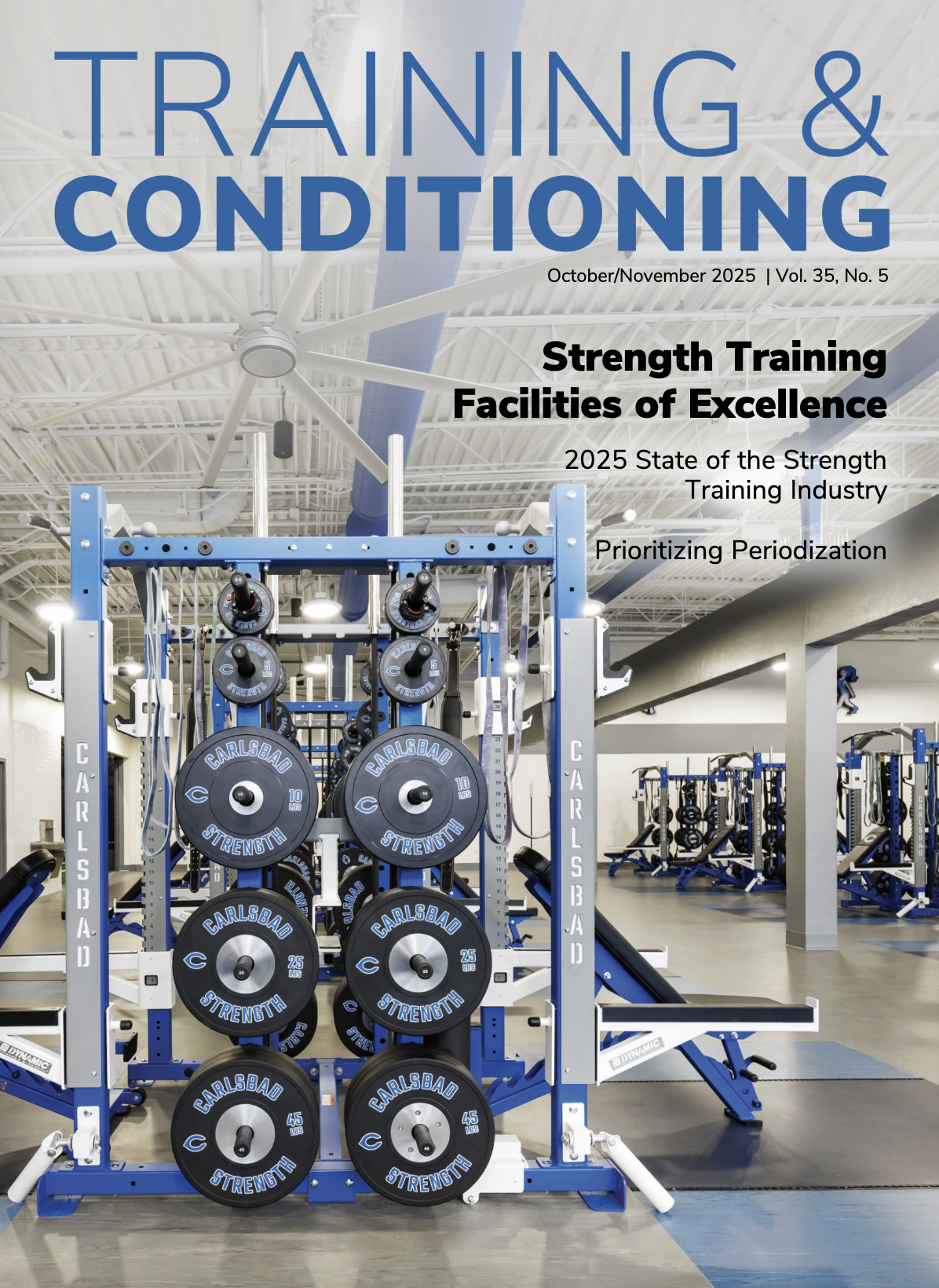Jun 15, 2023When To Effectively Utilize Dynamic Stretches
In preparation for a workout, whether it may be a weightlifting session or cardio-based, nothing serves the tactical athlete any better than a well-devised session of dynamic stretches.
Dynamic stretches, as the name implies, indicate a robust sense of energy. They are active movements around a joint and its axis in which our muscles go through a full range of motion which will better prepare your body for your ensuing exercise and create enhanced flexibility.
 Furthermore, it may improve physical performance. Dynamic stretches emphasize the movement of an exercise activity as opposed to a singularly focused muscle. They increase reach and movement speed. Additionally, they warm up the core temperature of the body and as a result of the above, it will assist in the prevention of possible musculoskeletal injury.
Furthermore, it may improve physical performance. Dynamic stretches emphasize the movement of an exercise activity as opposed to a singularly focused muscle. They increase reach and movement speed. Additionally, they warm up the core temperature of the body and as a result of the above, it will assist in the prevention of possible musculoskeletal injury.
There are four main types of stretching and they include dynamic, active, passive, and proprioceptive neuromuscular facilitation. Dynamic, as mentioned above, is best suited for actively moving a joint around its axis and is conducted before exercise. Active/static stretching is when a stretch is held for a specific muscle group using no assistance other than your agonist muscles and is generally held for around 15 seconds and includes the triceps, butterfly, and quadriceps stretch. Passive stretching targets a specific muscle group to improve flexibility and balance (i.e. bending over to stretch your hamstrings or bringing your knee to chest level and utilizing your hands to hold the stretch). Proprioceptive stretches are done in unison with a partner and utilize passive and active movement actions of the targeted muscle. This may be the least commonly used stretch as it requires assistance from another individual.
Tactical athletes need to efficiently move their bodies in all three anatomical planes of human movement. These anatomical planes include the sagittal, frontal, and transverse planes, please see tacticaltrainingandconditioning.com/article/training-tactical-athletes/. In order to be ready for optimal performance in their jobs, athletic ability and agility can be called upon these individuals at a moment’s notice. If a tactical athlete’s body is not properly functioning like a well-oiled machine then that deficiency may preclude them from performing their best when called upon.
 Dynamic stretches are one of the factors that play into assisting the body in the three anatomical planes through the movement of the body forward, backward, side-to-side bending, reaching, twisting, and jumping. As the athlete becomes more comfortable with the aforementioned movements, they become more agile and flexible and gain more balance.
Dynamic stretches are one of the factors that play into assisting the body in the three anatomical planes through the movement of the body forward, backward, side-to-side bending, reaching, twisting, and jumping. As the athlete becomes more comfortable with the aforementioned movements, they become more agile and flexible and gain more balance.
Examples & Experiences
Pursuant to my 27 years of experience as a tactical athlete, I have encountered the typical aches and pains that are part of the territory when having an external load on my body for eight, 10, 12 + hour shifts. Not only does it slow your movement, but equally, it restricts your movement. Nothing can be done to lighten the load of your duty belt, Kevlar vest or tactical entry gear. The body can be met with potential musculoskeletal injuries through all the exertion, twisting, turning, running, and jumping during a call. An officer, with a Kevlar vest and additional gear, can have as little as 45 pounds on their bodies for their shift which can be problematic for their body. However, if you have a well-devised dynamic stretching program, and subsequently now you are more flexible, mobile and agile, then those concerns can be mediated somewhat by your ability to move or function better for optimal job performance. These same concerns can be alleviated for the soldier in their tactical gear on a mission or while on a ruck march. On a ruck march, soldiers carry an external load of at least 37 pounds on a “Tactical PT Day.”
While on a mission or deployment, depending on the requirements, the total weight can be quite significantly higher. Once again, dynamic stretches will give the soldier the benefits mentioned above but will specifically aid them as the compressive forces of the external load of the ruck on their posterior chain can be alleviated with a strong, flexible, and limber lumbar and thoracic spine.
Lastly, the firefighter can carry an average of 45 pounds of basic gear on a call and can be higher depending on what they choose to carry as extra equipment. This gear, coupled with their utilization of retrieving their equipment from a fire engine during a call can present another set of concerns like the law enforcement and military members mentioned above. Once again, if a firefighter is seeing the benefits through a fine program of dynamic stretches, then he or she will be able to confidently move and function when called upon during their call of duty.
Reaching for a Routine
Dynamic stretches can be performed relatively anywhere, such as a: gym, park, or backyard, and can be on a grass, rubber, or concrete surface. It is recommended that you have at least 50 feet (100 feet in total upon return), of a clear and unobstructed path to perform the dynamic stretching routine for a minimum of 10 minutes and generally no longer than 15 minutes. In order to keep the routine safe, effective, and meaningful, try and keep the execution of each movement on every third step in certain actions when moving in the sagittal plane or straight ahead.
Additionally, this is a warmup routine to assist in functional body movement by raising your body’s core temperature, so therefore, it is not a race to finish whether by yourself or in a group setting.
A sample routine is as follows: stationary arm circles, squat, and twist with extended overhead arm reach to each side, knee up/quad pull, walking marches with opposite arm raise, walking toe touch, lunge and twist, reverse lunge with double arm extended, side shuffle and backward sprint. This is not an all-inclusive list of dynamic stretches but these are some basic stretches to assist you in a better functional movement to perform optimally whether you are a member of the law enforcement, military, or firefighter community as a tactical athlete.
Also, dynamic stretches, as mentioned throughout the article, are designed as a pre-workout routine to raise the body’s core temperature and are not particularly necessary for a cool-down for post-workout recovery. Post-workout stretching may best be served through 5-10 minutes of a static stretching routine.


